When buying shoes, most people focus on style, comfort, and price, but one often overlooked factor is the weight of the shoes. So, how much do shoes weigh? The weight of shoes can significantly impact performance, comfort, and health. Whether you’re buying running shoes, dress shoes, boots, or even sandals, understanding the different weights of footwear can help you make a more informed decision.
In this detailed article, we’ll explore the factors that affect shoe weight, including the weight of sneakers and footwear and how each type of shoe compares. We’ll also explore how shoe weight influences comfort, performance, and durability.
Factor Affects the Weight of Shoes?

Shoe Type and Purpose
Each type of shoe is designed for a specific purpose, and that purpose plays a significant role in its weight. For instance, running shoes are designed to be as light as possible to aid in speed and comfort, while boots are built for durability and support, which makes them heavier.
- Running Shoes: are designed to be lightweight to reduce fatigue and improve running performance. The weight of running shoes is typically lower than that of most other shoe types, with an average range of 0.6 to 0.9 kg. For example, Nike running shoes’ weight usually falls between 0.7 and 1.0 kg, depending on the design and material.

- Dress Shoes: TThese shoes are made from materials like leather, which adds weight. The weight of dress shoes can range from 0.6 to 1.2 kg, depending on the style. For example, Oxford shoes are heavier because of their thick leather material. Knowing how to dress Oxford shoes for men and women helps in selecting the right outfit to complement their weight and formal style
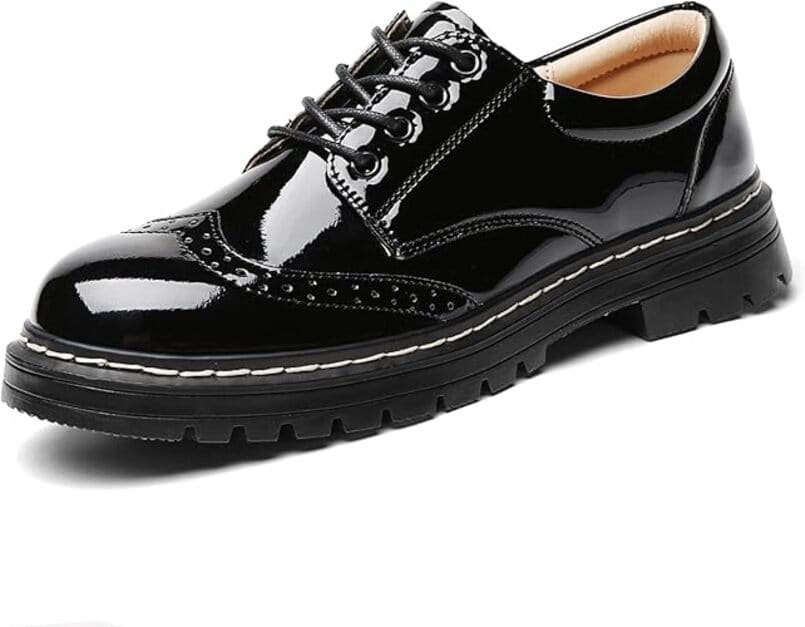
- Boots: Boots, especially those designed for outdoor activities, are generally heavier due to the durable materials used, such as leather, rubber, and thick soles. The weight of boots can range anywhere from 1.5 kg to 2.5 kg.
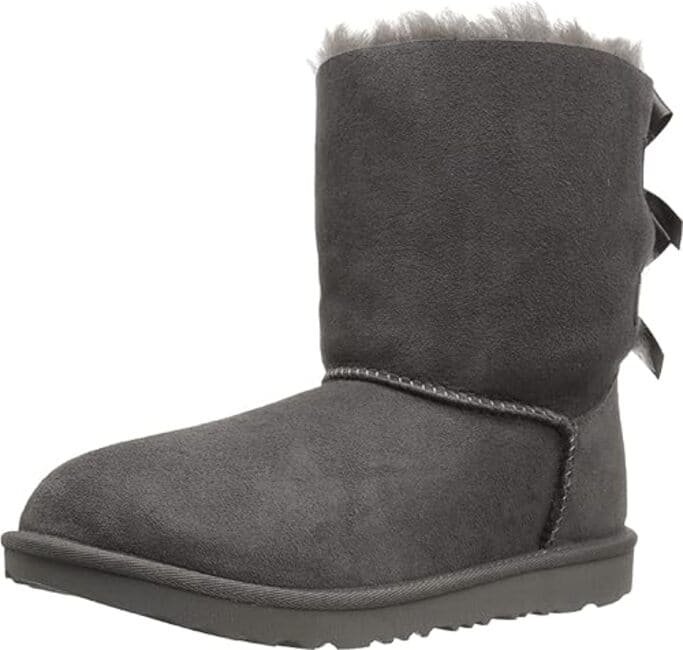
- Casual Sneakers: The weight of casual sneakers typically falls within the 0.6 to 1.0 kg range, depending on the brand and material. Brands like Nike Air Max 270 hover around 0.8 kg. Women can also wear men’s shoes in this category as well, as many models offer a unisex fit and similar weight, making them versatile for various needs and preferences.Related: How to Wear a Dress with Sneakers?

Material Used in Shoe Construction
The material types used in footwear construction significantly affect the overall footwear weight. Here’s how different materials impact the weight of shoes:
- Lightweight Materials: Materials such as mesh, nylon, and EVA foam are frequently used in running shoes and sneakers because they are lightweight and breathable. These materials are great for creating light shoes, which can help reduce fatigue and increase comfort during activities like running.
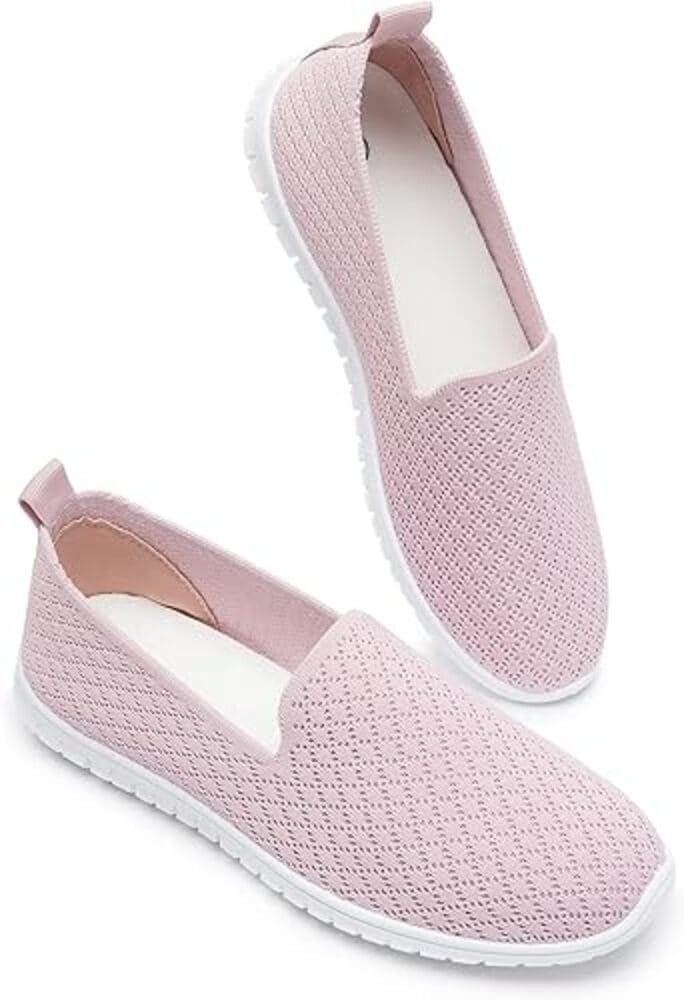
- Heavy Materials: Materials such as leather, rubber, and wood (used in the heels of some shoes) contribute to the weight of shoes. Boots and dress shoes often use these materials, which increase their weight to provide more support and durability.
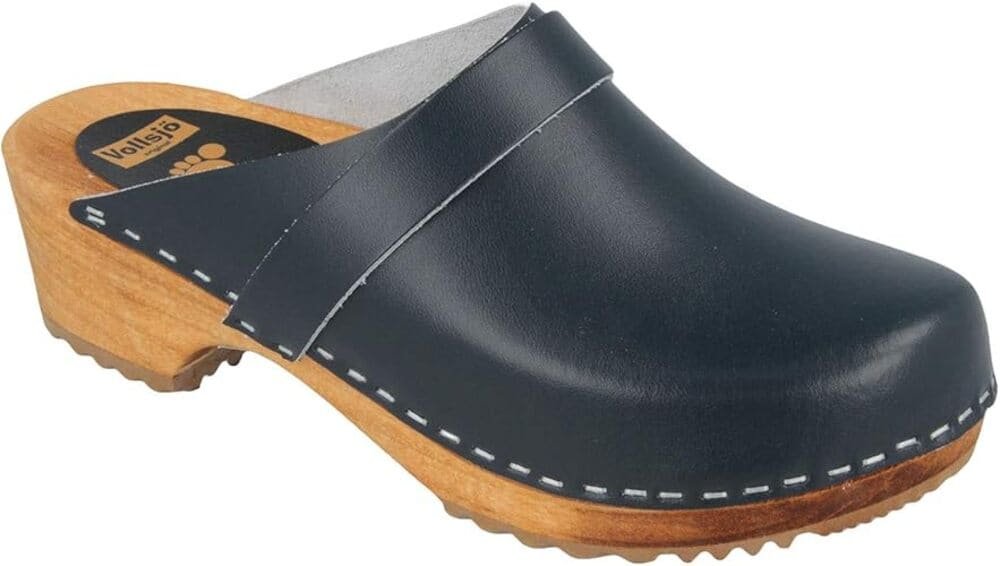
- Cushioning Technologies: Technologies such as memory foam, EVA injection, and responsive foams are used in shoes to enhance comfort while keeping weight manageable. These materials are crucial for achieving a balance between comfort and performance.
Related: What Colour Shoes With Grey Jeans: A Complete Guide to Perfect Pairings
Shoe Design and Construction
The design and construction of the shoe play a significant role in its overall weight. Shoes with additional cushioning or features like waterproofing tend to be heavier. For example, shoes with extra cushioning for comfort or reinforced soles for support will naturally add weight.
- Running Shoes: These typically have lightweight soles with cushioning in lightweight shoes and minimal material to ensure comfort without compromising performance.

- Boots: Outdoor boots require additional features like waterproof lining and insulation, both of which increase the weight of the footwear. This makes work boots or hiking boots heavier than more casual shoes.
Shoe Size
Their size can also influence the weight of shoes. Larger shoe sizes typically use more material, increasing the shoe’s overall weight. For example, men’s footwear tends to be heavier than women’s footwear, as men’s shoes are generally larger and require more material. Children’s shoes are also often lighter due to their smaller size and more straightforward design.
Average Weight of Shoes: How Much Do Shoes Weigh?
Let’s break down the weight of shoes across various shoe types to get a clearer picture of what you can expect to find for different footwear options.
Weight of Sneakers
The weight of sneakers can vary depending on whether they are intended for casual wear or sports. Casual sneakers like those from Nike Air Max 270 weigh approximately 0.8 kg, while Adidas running shoes generally weigh around 0.7 to 1.0 kg. Puma sneakers typically weigh around 0.5 to 0.8 kg, making them a solid choice for lightweight footwear that doesn’t compromise on style or performance.

Weight of Boots
Boots are much heavier than sneakers or sandals due to the extra materials needed for durability and support. Work and hiking boots can weigh between 1.5 and 2.5 kg, with insulated or waterproof boots often pushing the weight higher. For instance, Ankle boots can range between 1.0 and 1.5 kg, while high boots can weigh up to 2.5 kg.
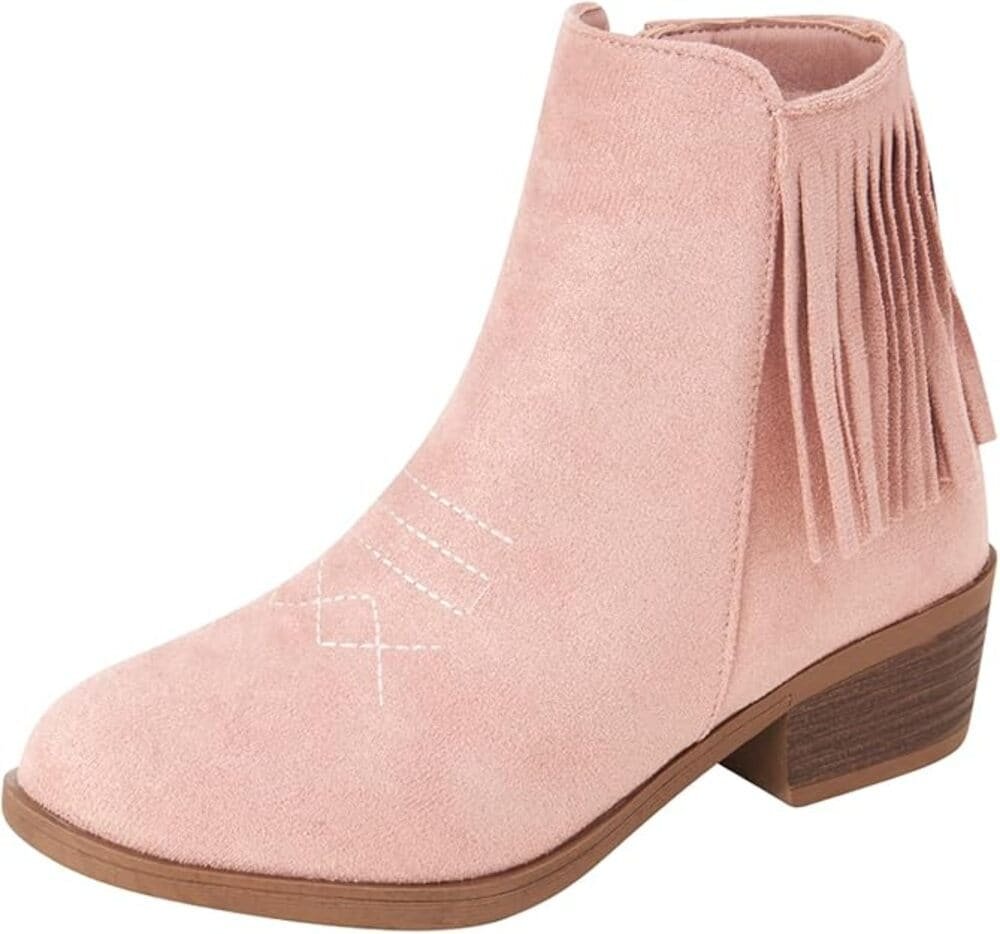
Weight of Dress Shoes
Dress shoes are made from materials like leather or suede, which add to their weight. On average, dress shoes weigh between 0.6 kg and 1.2 kg, with formal shoes like Oxford shoes on the heavier side. These shoes are made for comfort, but their structure adds weight.

Weight of Sandals and Slippers
In contrast to boots or sneakers, sandals and slippers are typically the lightest shoes, weighing as little as 0.3 kg to 0.5 kg. These shoes are made with fewer materials and tend to be more breathable and flexible than other types, making them ideal for warm weather.

Weight of High Heels
High heels are heavier than most other shoe types due to their construction and high-heel design. Depending on the heel’s height and material, high heels’ weight can range from 0.7 kg to 1.2 kg. High heels typically use dense materials like leather or synthetic leather, and adding a thicker sole contributes to the weight.

Shoe Weight Comparison: Light Shoes vs Heavy Shoes
There’s a clear distinction between light shoes and heavy shoes, with each type serving a different purpose. Let’s explore the differences:
- Light Shoes: Lightweight shoes are perfect for activities that require agility, such as running, walking, or sports. Shoes with minimal material, such as mesh sneakers, are designed to keep the footwear weight to a minimum. These are great for people looking to optimize speed and comfort.
- Heavy Shoes: Heavy shoes are more appropriate for activities where stability and protection are needed. For example, work or hiking boots provide better foot protection and durability, but this comes at the cost of weight. Heavier shoes can also affect your posture but may be necessary for harsh environments or rough terrain.
The weight comparison for various footwear types reveals that light shoes are often favored by athletes and runners. In contrast, heavy shoes are better suited for outdoor activities, hiking, and formal occasions.
Conclusion
The weight of shoes can vary significantly based on the type, materials, and overall design of footwear. Light shoes, often preferred for running or casual wear, offer agility and comfort for daily use. On the other hand, heavy shoes, such as boots or dress shoes, provide superior support and enhanced foot protection. Understanding how shoe weight affects comfort, performance, and foot health is crucial for making an informed decision when selecting footwear. Whether you’re comparing Nike, Adidas, boots, or sandals, knowing shoe weight is key. Because the weight estimate helps you choose the ideal shoes that suit your needs and preferences.

